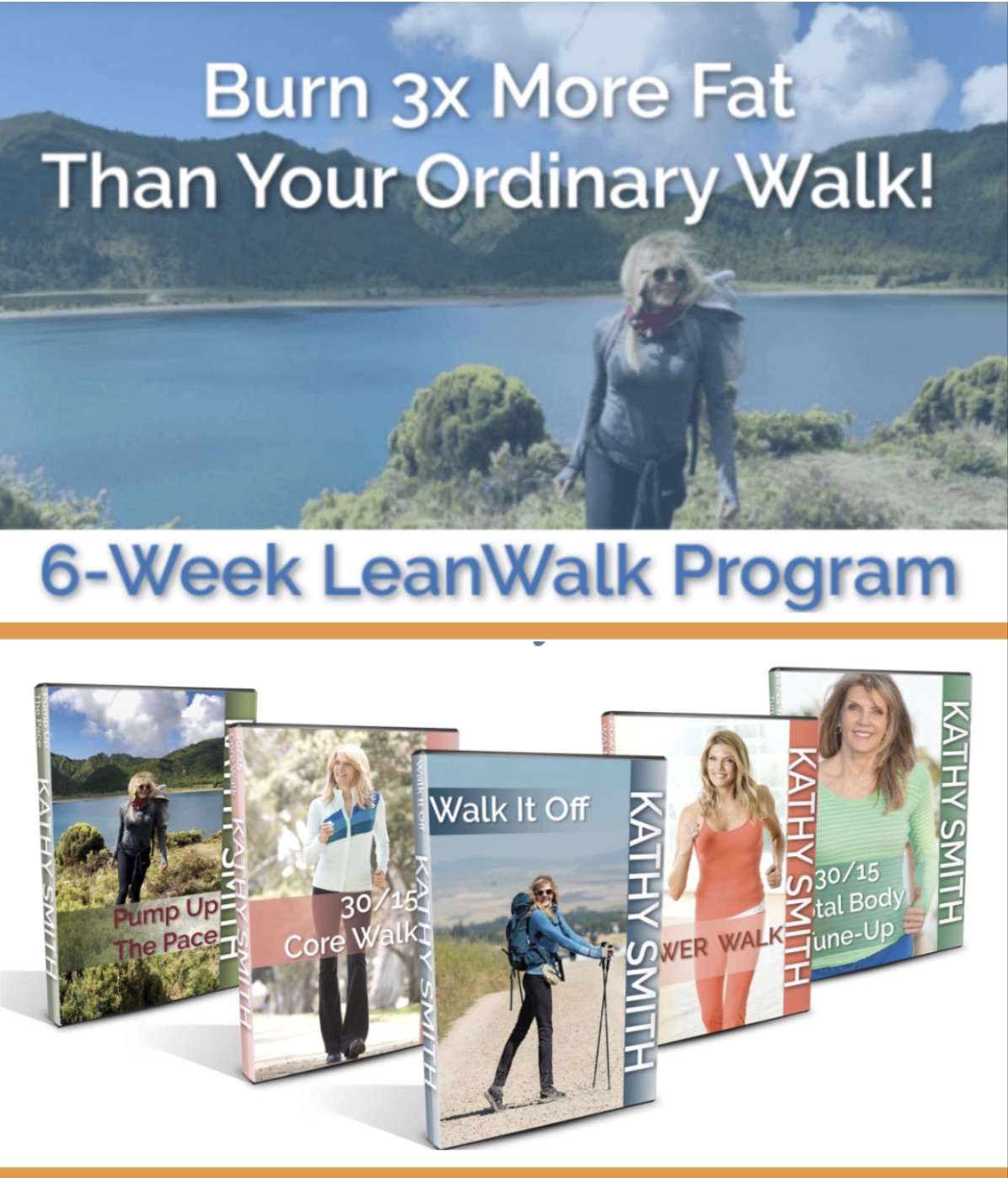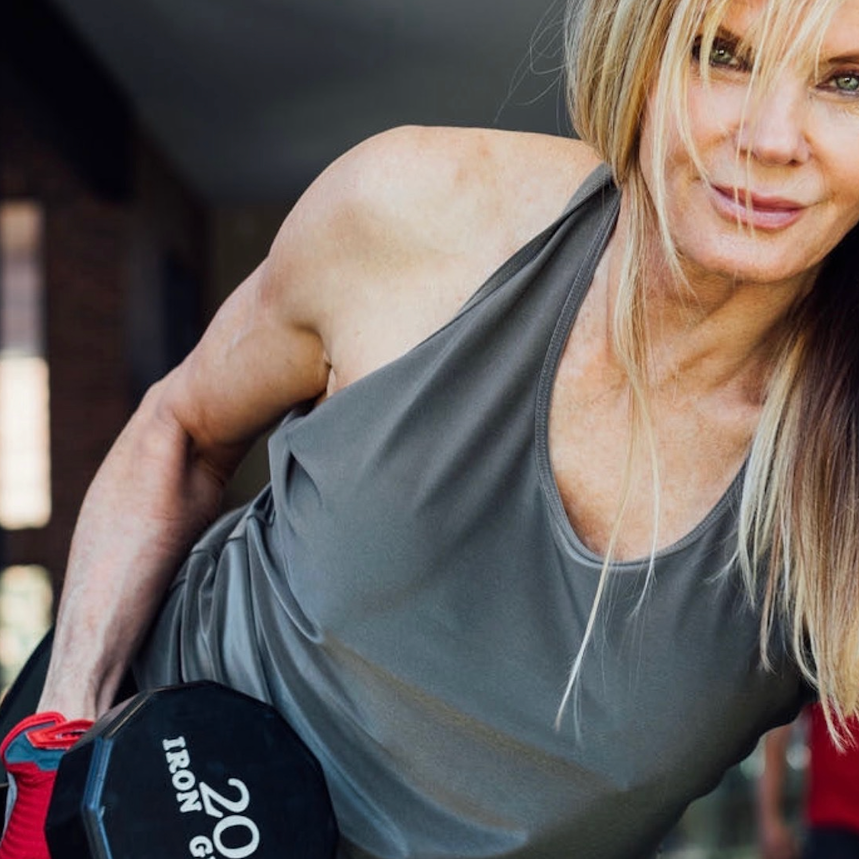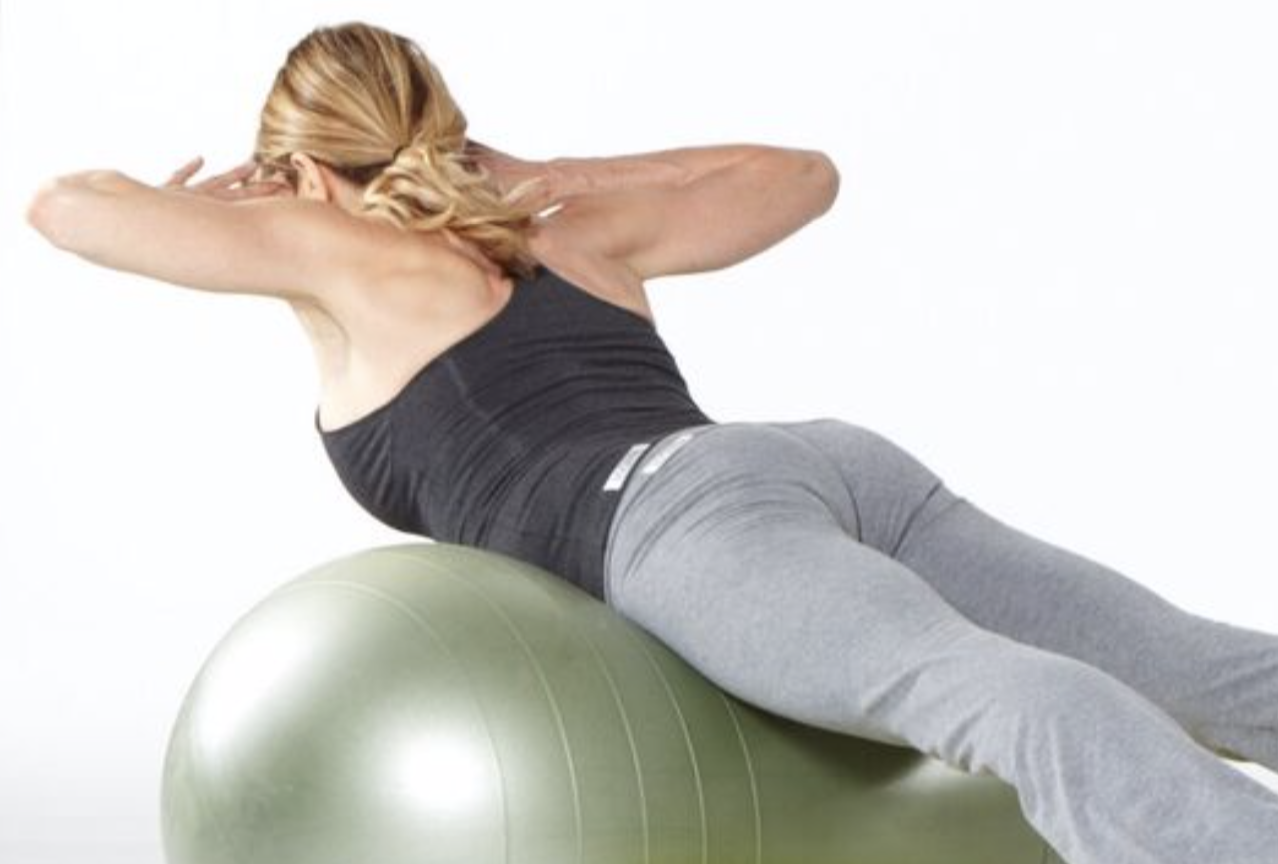ULTIMATE Guide To Joint Relief
Many women feel that joint pain is a natural sign of aging. It’s true that as we age, the flexible tissues in your body tend to lose their elasticity, leading to painful joints. But, it’s not inevitable!
If you have joint pain, these tips are a must!
If you want to prevent joint pain, these tips are a must!
If you feel that joint pain is holding you back from living the live you deserve, then you MUST watch today’s video.
When you practice these 6 techniques, they’ll eventually become habits, and those habits will eventually become a lifestyle.
Remember, there are many types of joints in your body. Here’s a little anatomy lesson…Ligaments connect bone to bone. Tendons connect muscles to bones. And, both the ligaments and the tendons are surrounded at the joints by a protective sheath that’s filled with fluid. The bones have a protective lining (cartilage) which helps the bones move more easily. If any of part of the joint is compromised through injury or inflammation, you’ll feel pain.
Now that you’re up to speed, here are 6 easy ways to prevent and ease joint pain:
1. Maintain your body weight
Having extra weight means that you’re putting unnecessary stress on your joints. So losing weight is the first step to staying active and enjoying life. Start by checking your BMI, or Body Mass Index. It’s the standard tool to help measure body fat. Ideal weight and fat to lean ratios vary by sex, age, and height. This means that as your BMI number increases, so does your body fat.
An adult whose body fat is between 25-29 is considered overweight.
A BMI over 30 is considered obese.
A BMI below 18.5 is considered underweight
And, BMI between 18.5 – 25 is considered a normal weight.
Remember that maintaining a healthy body weight helps improve your overall quality of life.
2. Exercise
If you have joint pain, exercise is a must! I might sound like a broken record by now, but exercise is necessary for people living with arthritis. Lack of activity promotes muscle weakness and the loss of range of motion of the joints. Exercise plays a pivotal role in the mobility of joints and also reduces pain. Although the thought of exercising may seem overwhelming if you have painful joints, remember that you don’t need to run a marathon or swim fast enough to win a competition. You simply need to choose the activities that have less impact on your affected joints. Walking around the neighborhood and swimming a few laps may be the best options for you. However, you may try other activities as well like yoga, cycling, or kettlebell workouts. The rule is this: choose the activity that suits you best.
But remember, your joints, tendons, and muscles lose some of their flexibility as they age, so it’s important to have warm muscles and tendons before your workouts to lower your risk of injury.
Try this sneak peek inside my NEW Fat Burning Walking DVD:
3. Provide warmth to your muscles
Heat is always relaxing. By taking a hot bath or using a hot water bottle, you can relax your tense and sore muscles with a little heat. Remember that this warmth is equally soothing for your joints if they are affected by arthritis. Heat does not only comfort your tense muscles but also increases the blood flow to the joints that helps in reducing their stiffness.
4. Apply Cold Therapy
Inflammation and swelling are best prevented by applying ice on the affected area. It also works for painful joints in arthritis. You must apply ice on your affected joints especially after exercise. Icing minimizes the swelling of joints and also provides relief from the pain.
5. Stretch your body
Stretching always helps reduce stiffness, keeping your joints more flexible. It becomes even more important when your joints are affected by arthritis. Regular stretching will expand this range and will improve the mobility of your joints.
6. Eat Healthy
A balanced diet is essential for maintaining health and for the management of arthritis as well. Adding nutrients that have an anti-inflammatory effect, into your diet, can help you more than you can imagine. Eat nuts, seeds and whole foods coming from plants to help reduce the swelling and pain in your affected joints.
Exercise and eating right can reduce joint pain, and improve mental and emotional health, mood, vitality, energy, happiness, and lifespan. When you’re free of joint pain, it allows you to embrace the moment, and discover the sense of empowerment that allows us to life to the fullest, on our own terms.
Here’s to your health!





